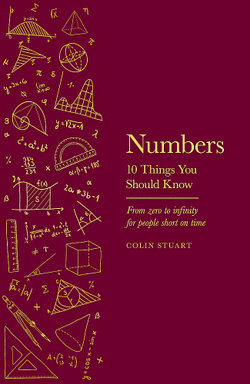Discover the ten things we all should know about mathematics in this fascinating collection of short essays
Uncover the language of our universe - numbers - in this wide-ranging whistle-stop tour of the history and majesty of mathematics.
Our world simply wouldn't function if we didn't have numbers. But where do they come from? Why do we cut cake the wrong way? How can there be different sizes of infinity?
All these questions and more are answered in this engaging romp through the history of numbers by acclaimed science writer, Colin Stuart. From the mathematicians who have (and haven't) shouted 'Eureka!' to the theories that affect and inform our everyday lives; Numbers shows us that maths was never boring - we were just being taught it in the wrong way.
Consisting of ten bite-sized essays, there's no better guide to this fundamental science.
This title is in stock with our Australian supplier and should arrive at our Sydney warehouse within 1 - 2 weeks of you placing an order.
Once received into our warehouse we will despatch it to you with a Shipping Notification which includes online tracking.
Please check the estimated delivery times below for your region, for after your order is despatched from our warehouse:
ACT Metro: 2 working days
NSW Metro: 2 working days
NSW Rural: 2-3 working days
NSW Remote: 2-5 working days
NT Metro: 3-6 working days
NT Remote: 4-10 working days
QLD Metro: 2-4 working days
QLD Rural: 2-5 working days
QLD Remote: 2-7 working days
SA Metro: 2-5 working days
SA Rural: 3-6 working days
SA Remote: 3-7 working days
TAS Metro: 3-6 working days
TAS Rural: 3-6 working days
VIC Metro: 2-3 working days
VIC Rural: 2-4 working days
VIC Remote: 2-5 working days
WA Metro: 3-6 working days
WA Rural: 4-8 working days
WA Remote: 4-12 working days




Share This Book: